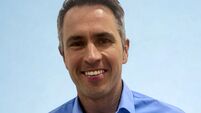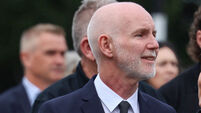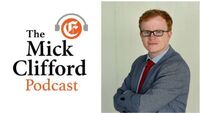Ray D’Arcy's departure raises question of 'what', not 'who', should replace him
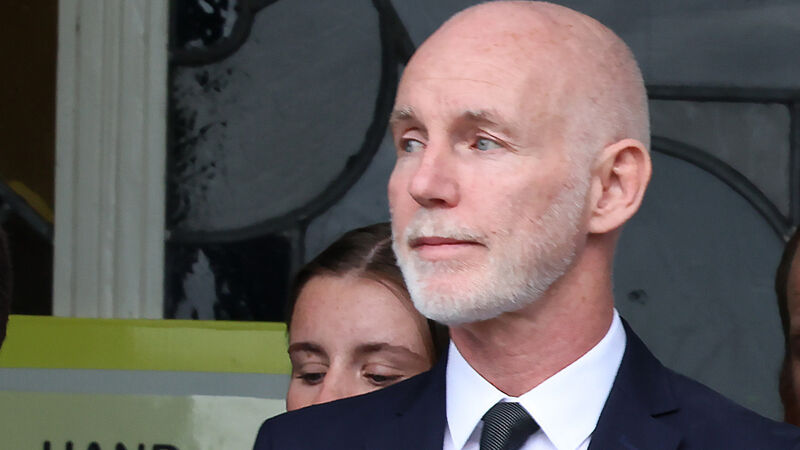
The abrupt departure of Ray D'Arcy from the RTÉ Radio 1 schedules this week prompted intense media debate about “who” could or should replace him. File picture: Colin Keegan, Collins Dublin
The abrupt departure of Ray D'Arcy from the RTÉ Radio 1 schedules this week prompted intense media debate about “who” could or should replace him.
That his exit comes after a two-year period which has seen the departure of Aine Lawlor, Mary Wilson, Ryan Tubridy, Claire Byrne, Ronan Collins, Joe Duffy and — with his untimely demise — Sean Rocks from their established slots has prompted speculation about a root and branch re-imagining of who might represent the face of RTÉ Radio One.
Given the personality-driven nature of Irish radio, this focus on presenters is understandable. But it also highlights what is problematic about programming the primary station of the largest public service medium in Ireland.
Because, arguably, the question should not be “who should present” but rather “what does Irish society need as we enter the second quarter of the 21st century and what role can radio/audio play in that regard?”.
The structure of the RTÉ Radio 1 daytime schedule in 2025, especially in radio primetime (7am – 7pm), is little changed from that adopted in the wake of Gay Byrne’s retirement from his eponymous radio show in 1998.
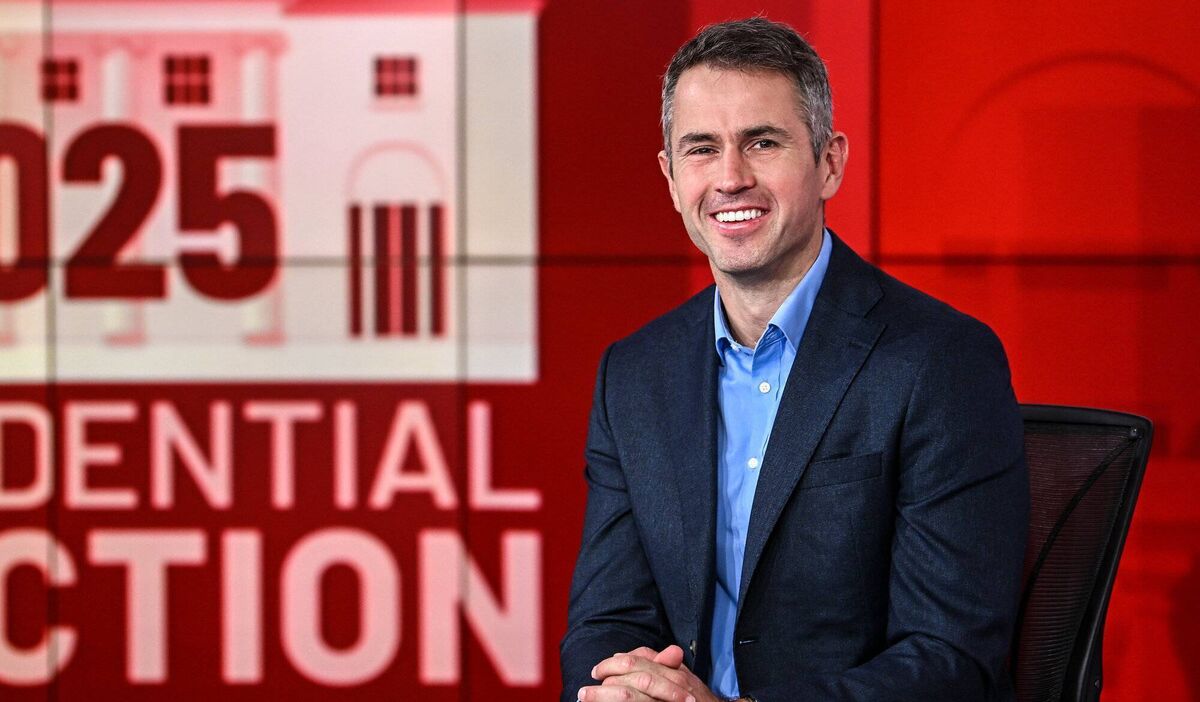
, an hour of “something lifestyle” (Marian, Tubridy), “Today with whoever” from 10 to noon, a musical request show to bring us to the News at One, at 1.45pm, and more lifestyle to bring us up to Five Seven Live/Drivetime.
The only major difference is the 2006 removal of an arts show ( ) from its mid-afternoon slot to be reborn as at 7pm. In effect then, RTÉ’s weekday schedule is exclusively built around news and current affairs, lifestyle and music genres.
The addition of a 6pm daily sports show notwithstanding, the schedule announced on Friday does not appear to signal a shift away from this rather narrow focus.
But are these genres adequate to the needs of Irish society in 2025? And, has that question been asked at all in reframing the Radio 1 schedule?
The British cultural theorist Raymond Williams described early broadcasting as fulfilling the “orienting, predictive and updating” needs of early 20th century society.
It is self-evident that we are living through a period of rapid and radical transformation driven by both endogenous and external factors: that orienting function remains critical.
Despite predictions of its demise, radio can still play a role in that regard: the Irish listen to far more radio than most European countries and — at 225 minutes daily — average listenership in Ireland in 2025 is more or less unchanged from the figure at the start of the century.
However, radio broadcasting no longer performs this role in isolation: it operates alongside — sometimes competing with, sometimes complementing — a hybrid network of other dissemination platforms for audio content.
Radio audiences simply waiting to hear what broadcasters offer have been replaced by audiences actively seeking out the content they need. It’s the Google model of media consumption with audiences assembling their own personal mosaics of content to address their social, political and cultural needs.
This demands some active consideration of what role radio can play in this regard. Perhaps the daily schedule might encompass long-form documentaries, radio drama, history, offering the kind of reflective content that, in sum, might inform some understanding of the global context we live in.
It is not that such subjects are not covered by RTÉ radio (they are), but they are either breathlessly touched on in the course of a five-minute news segment or ghetto-ised in a post-6pm weekend slot when arguably they should be foregrounded through inclusion in the weekday schedules.
That such thinking has not occurred is hinted at by the manner in which D’Arcy’s fate has been discussed: removed from the schedules not because his show was not fulfilling such needs (although it probably wasn’t) but because his audience was dwindling and/or he cost too much.
As ever, the commercial orientation imposed upon RTÉ by the long-term failure to adequately address the public element of the station’s finances has real consequences for the station's capacity to fulfill its critical public service mission.
Dr. Roddy Flynn is Associate Professor, Chair of Communications Studies School of Communications Dublin City University




